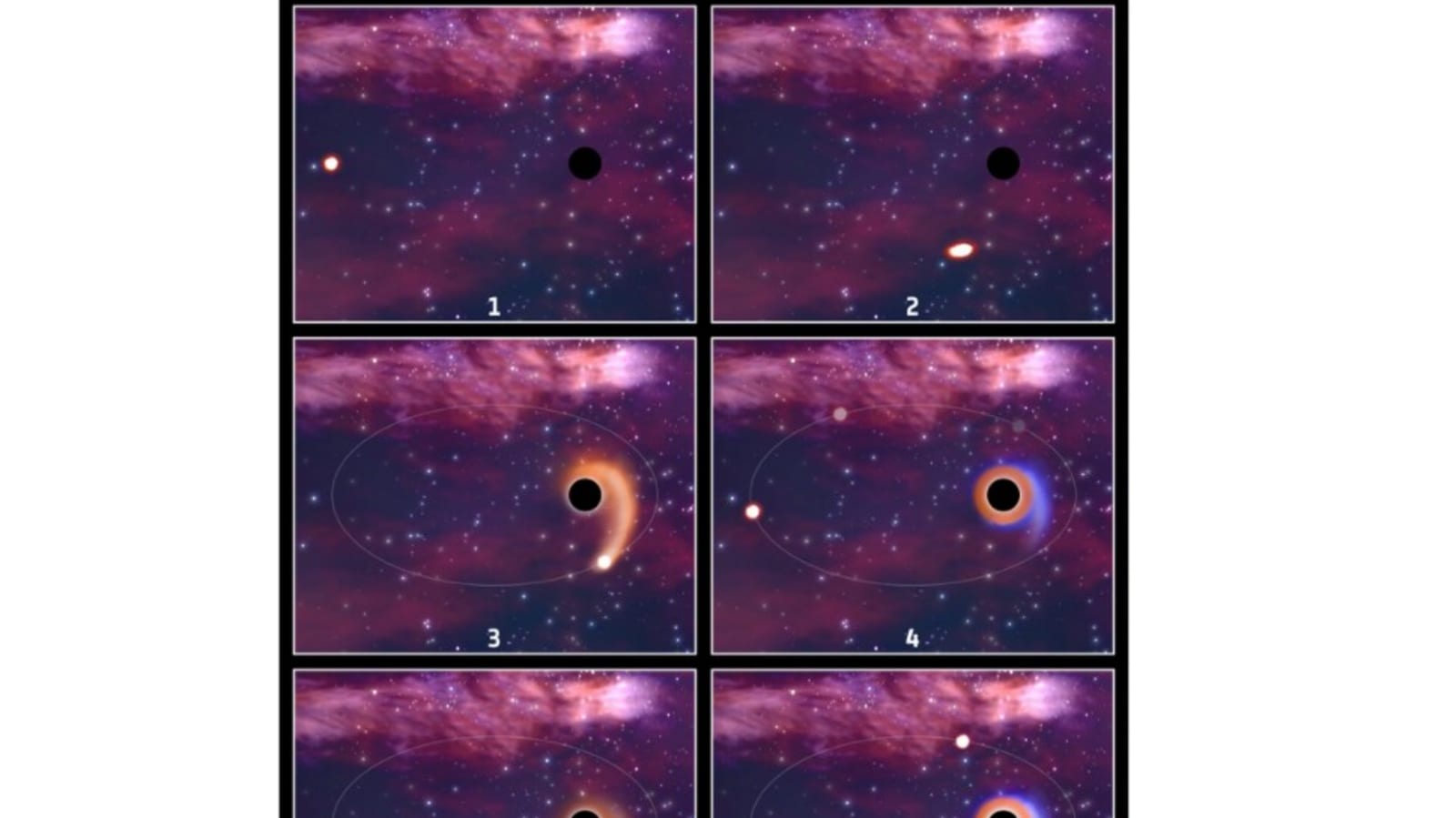Savage! Black holes ravaging the same stars again and again caught by Newton Telescope
Black holes are the biggest mysteries in Space and yes, they are most savage phenomena in outer space. Now, they have been caught ravaging the same stars over and over again.

The ESA XMM-Newton space telescope has provided two different teams of Astronomers a deep look at repeated outbursts of light from inactive black holes that are attacking the same stars again and again. This discovery is as unexpected as it is shocking as the outbursts from these black holes appear only when a black hole ravages a star. The attacks are as savage as can be when these black holes eat parts of the star under attack.
Hidden Supermassive Black Hole
A hidden supermassive black hole can be "seen" by astronomers when a star veers towards it during a close approach. The star gets ripped apart by strong tidal forces, forming a disk of stellar debris on which the black hole is feeding. Energetic X-rays, UV, optical and radio light can be detected during this process known as a tidal disruption event. The black hole cannot ever be seen. Its presence is surmised from behaviour of things around it- in this case, the stars being eaten alive.
The tidal disruption events occur in a bright light that is called a Flare, which usually lasts for a few months and in this period the black holes eat up the star. However, two new flares with strange behaviour have been observed by XMM-Newton. These flares repeatedly shine bright in X-ray and UV light after the first outburst, suggesting that the stars have not been destroyed completely during the initial encounter with the black holes.
The research led by astronomers Thomas Wevers from the European Southern Observatory, and Zhu Liu from the Max Planck Institute for Extraterrestrial Physics, Germany, reveal that part of the stars may have survived their first attack from the black holes.
The astronomers discovered repeated flares from two separate galaxies hosting supermassive black holes. These galaxies are located beyond the outskirts of the Milky Way at distances of almost 900 million light-years and 1 billion light-years.
One of the re-brightening events, called eRASSt J045650.3−203750, was discovered by the X-ray telescope eROSITA on board the Spectrum-Roentgen-Gamma mission. XMM-Newton observations in 2021 and 2022 by a team led by Zhu found that the original flare was followed by repeated outbursts roughly every 223 days.
Zhu explains: “The results from our first XMM-Newton observation were surprising. The black hole showed an unusually drastic dimming of X-ray light, compared to when it had been discovered two weeks previously by the eROSITA telescope. Follow-up observations with XMM-Newton and other instruments confirmed our speculations that this behaviour was being caused by a partial tidal disruption event.”
Catch all the Latest Tech News, Mobile News, Laptop News, Gaming news, Wearables News , How To News, also keep up with us on Whatsapp channel,Twitter, Facebook, Google News, and Instagram. For our latest videos, subscribe to our YouTube channel.






























